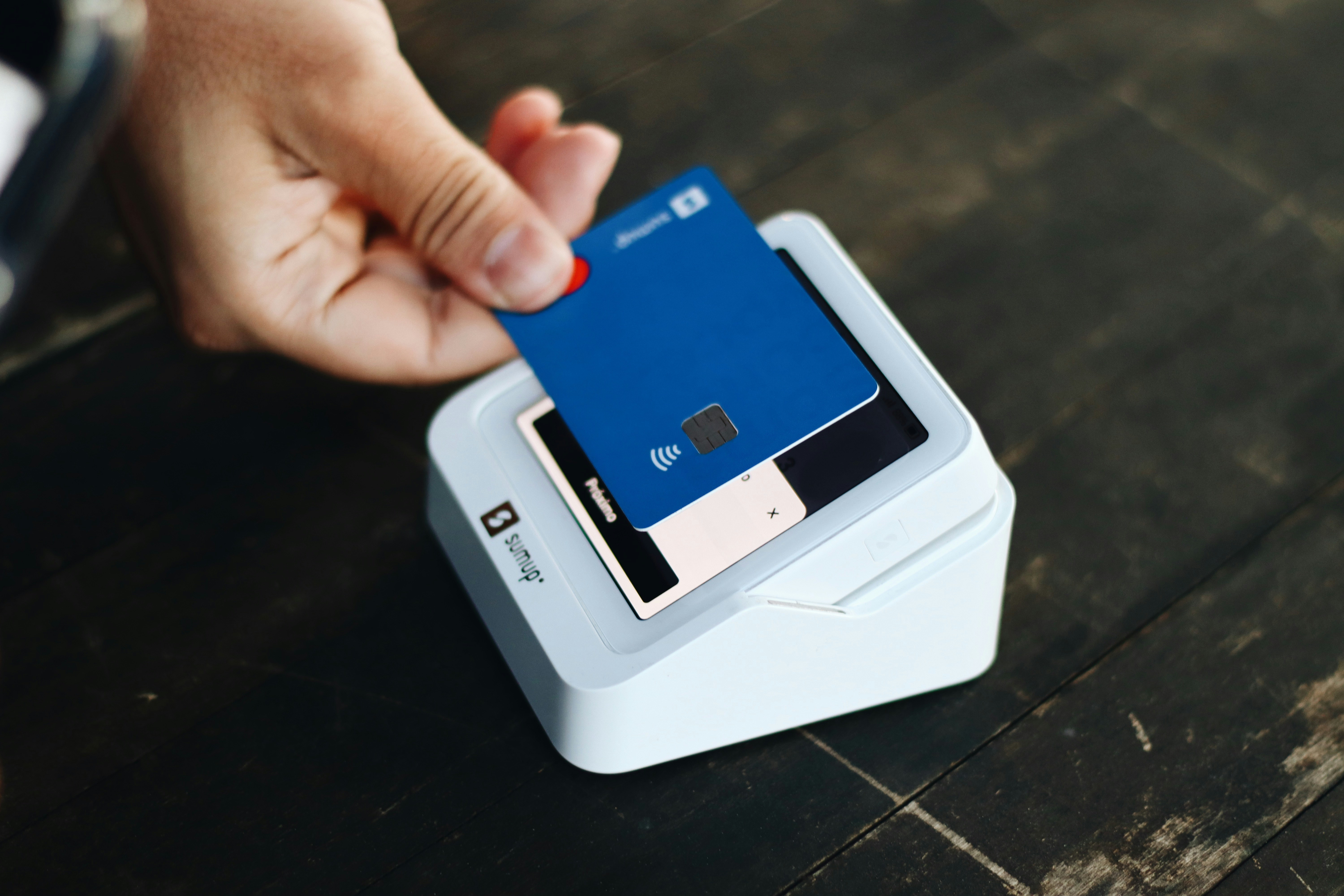
Harness Digital Payments To Transform The Modern Financial Landscape
Sending or receiving money can now feel as simple as sending a quick message. New digital payment tools allow teams to pay vendors, contractors, and collaborators within seconds. By using these systems, businesses speed up their cash flow and eliminate time-consuming manual processes. This shift not only saves valuable hours but also makes financial transactions smoother and more reliable. Teams gain the ability to handle payments with confidence, knowing that their partners and suppliers receive funds promptly. As a result, companies can focus more on their work and less on paperwork, creating a more efficient way to manage everyday financial needs.
Daily tasks often involve juggling bank logins, email approvals, and tracking invoices. A streamlined process removes those hurdles. Your financial tasks finish faster, and you stay focused on real work.
Understanding Digital Payments
Digital payment tools allow people to transfer funds using apps or web portals. They often connect directly to bank accounts, debit cards, or credit lines. No more printing checks or waiting at the post office.
- Make instant transfers for payroll or vendor fees
- Send automated reminders for upcoming bills
- Provide clear dashboards showing payment statuses
- Integrate APIs to link invoices with payment systems
The clarity these platforms offer reduces errors. Every transaction gets recorded in real time, so you cut back on reconciliation work. Teams stay informed about who received payments and when.
Key Technologies Driving Change
Mobile wallets facilitate peer-to-peer payments with a few taps on a phone. They rely on encryption and tokenization to keep data safe. Transactions complete within seconds, even across borders.
Blockchain networks provide a shared ledger that anyone can verify. They remove middlemen and shrink transaction fees. Smart contracts automatically release funds once preset conditions get met.
Benefits for a Distributed Workforce
When people work from different locations, coordinating payments can feel complicated. Modern tools centralize every step in one dashboard.
- Get reimbursed faster: Submit expenses via mobile app and receive approval in minutes.
- Reach globally: Send funds across currencies without needing multiple platforms.
- Pay lower fees: Direct transfers avoid high bank charges.
- Gain visibility: Track each payment’s journey from start to finish.
Clear insights help you plan budgets and forecast cash flow. Teams handle their own financial tasks without bouncing between spreadsheets and email threads.
Security and Compliance Considerations
Any tool that moves money needs strong safeguards. Look for multi-factor authentication to verify user identity. Require strong passwords and biometric checks whenever possible.
Encryption should protect data in transit and at rest. Platforms often use end-to-end encryption so that only sender and receiver see transaction details. This prevents third-party interception.
Ensure providers hold relevant licenses for electronic money transfers to meet regional financial rules and avoid costly fines. Many tools publish audit reports to show they follow industry standards.
Regular security audits identify vulnerabilities before they lead to breaches. A clear incident response plan speeds up recovery if something goes wrong.
Best Practices for Implementation
Start by mapping your existing payment workflow. Identify steps that cause delays or errors. Find manual tasks that a tool could automate.
Select a platform with an open API. This allows you to connect it directly to invoicing, accounting, or project management software. Automated data flows reduce manual entry.
Train every team member on basic security habits. Share quick-reference guides on how to approve a payment or spot a phishing attempt. Reinforce good habits with short quizzes or spot checks.
Run a pilot before deploying the platform organization-wide. Pick a small group to test it for a month. Gather feedback on ease of use and missing features. Use that information to tweak settings or choose a different tool.
Additional Tips for Smooth Adoption
Keep transaction policies clear. Define approval thresholds for different payment amounts. Smaller payments can auto-approve, while larger ones require another approval.
Hold regular review meetings to evaluate the tool’s performance. Track metrics like average transfer time and error rates. Compare those to your old systems to measure improvements.
Update user roles when someone joins or leaves. Quickly revoke access to reduce security risks. Use a centralized admin portal to make this process easier.
Collect user feedback at key milestones. Ask what features helped most and where users still encounter difficulties. Adjust training resources to address any skill gaps.
Switching to modern payment tools transforms how teams transfer money. When apps replace manual processes, the entire system speeds up and becomes more transparent. Teams spend less time on paperwork and more on high-value tasks.
Assess security, map workflows, and run pilots to create a system that works for you. This enables quick, secure payments to become part of your daily routine, so you can focus on growth instead of managing invoices.